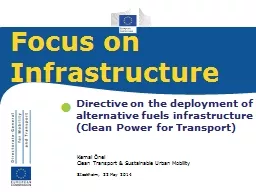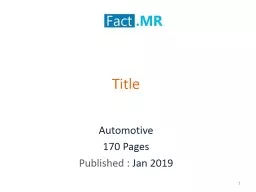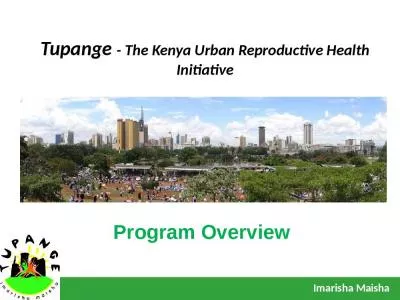PPT-Tracking Urban Private Vehicles
Author : enkanaum | Published Date : 2020-06-22
with Intervehicle Communications and Sparse Video Surveillance Cameras Yang Wang Zhiwei Lv Wuji Ch eng He ngchang Liu University of Science and Technology
Presentation Embed Code
Download Presentation
Download Presentation The PPT/PDF document "Tracking Urban Private Vehicles" is the property of its rightful owner. Permission is granted to download and print the materials on this website for personal, non-commercial use only, and to display it on your personal computer provided you do not modify the materials and that you retain all copyright notices contained in the materials. By downloading content from our website, you accept the terms of this agreement.
Tracking Urban Private Vehicles: Transcript
Download Rules Of Document
"Tracking Urban Private Vehicles"The content belongs to its owner. You may download and print it for personal use, without modification, and keep all copyright notices. By downloading, you agree to these terms.
Related Documents






